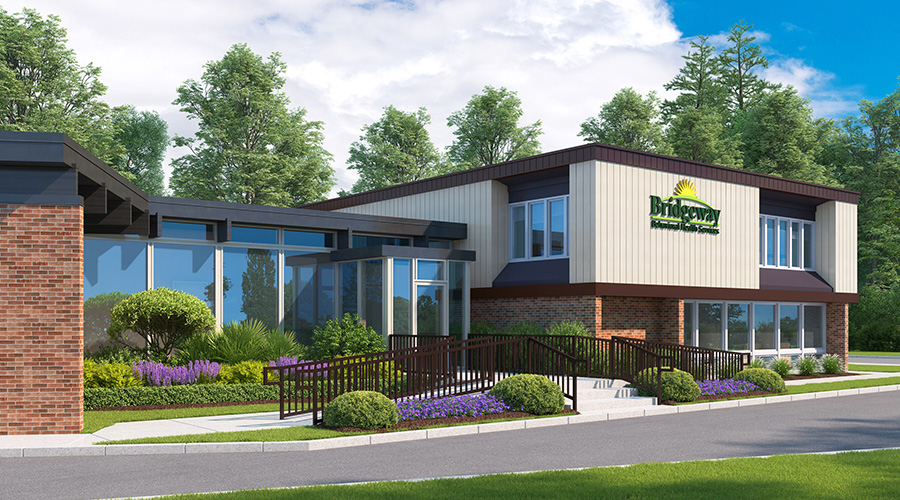During this COVID-19 pandemic, many families, workers, and students will remain at home both voluntarily and in accordance with state and local mandates. Many office, commercial, industrial, and educational facilities will remain minimally occupied, leading to lower water usage and stagnant water within a facility’s potable water system, according to an article from Building Operating Management on the FacilitiesNet website.
Stagnant water poses several health risks, including growth of waterborne pathogens such as Legionella and Mycobacterium species, as well as increased potential for corrosion that results in release of lead from pipes and plumbing fixtures. Concerns regarding water quality and microbial regrowth generally arise when it takes more than two days for water to flow through a building water system. During the COVID-19 pandemic, many building water systems and entire commercial and business districts have experienced reduced water flows for five months or more.
An important first step to reopening a building (or maintaining safe operations in a building with reduced occupancy) is to develop a building water management plan that evaluates all the uses of water within the building and the potential health risks, including those from Legionella and lead.
Water management plans help identify data gaps and better understand the sequence of actions needed prior to building reopening and during reduced occupancy. It is possible to develop a single water management plan for multiple buildings as long as any differences in construction, water usage, and occupancy are noted and evaluated.
Guidance on developing a building-specific water management plan is available on the Center for Disease Control (CDC) website.

 Healthcare Is the New Retail
Healthcare Is the New Retail Bridgeway Behavioral Health Services Launches Campaign to Renovate Health Center
Bridgeway Behavioral Health Services Launches Campaign to Renovate Health Center Ground Broken for New North Dakota State Hospital
Ground Broken for New North Dakota State Hospital AI Usage for Healthcare Facilities
AI Usage for Healthcare Facilities Ground Broken on Pelican Valley Senior Living Modernization Project
Ground Broken on Pelican Valley Senior Living Modernization Project